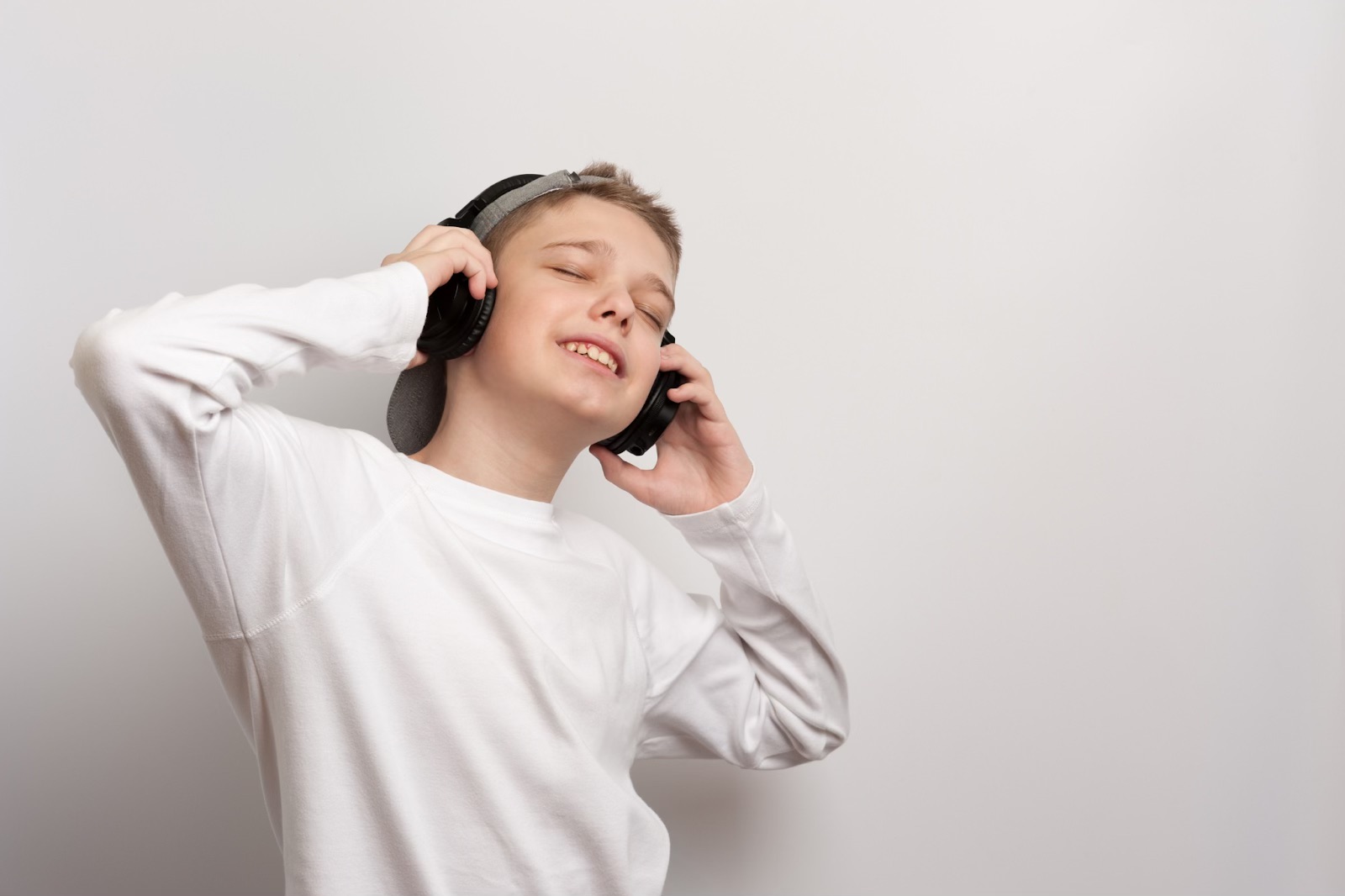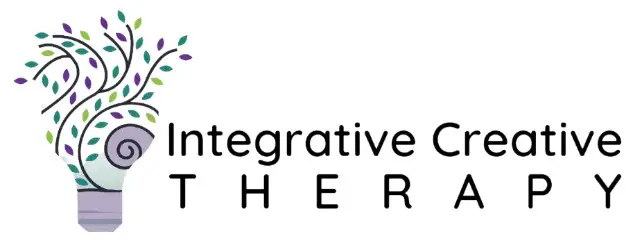For individuals on the autism spectrum, the world can sometimes feel overwhelming. Sensory sensitivities, communication challenges, and social barriers often make everyday interactions a struggle.
Music therapy offers an alternative pathway, one that bypasses the pressures of verbal communication and taps into the universal language of rhythm and melody. Through music, people on the spectrum can explore new ways to express themselves, develop emotional resilience, and connect more deeply with others.
What Is Music Therapy?
Music therapy is an evidence-based practice where certified professionals use musical activities such as singing, playing instruments, moving to music, or even just listening, to help clients achieve specific goals. These goals can include communication improvement, emotional regulation, social interaction, and more. Because music engages multiple areas of the brain at once, it’s especially effective for individuals who find traditional talk therapy limiting or overwhelming.
At Integrative Creative Therapy, we offer creative arts therapy and music therapy in Austin, TX, as well as online across Texas and New York. Our approach is trauma-informed and neurodivergence-informed, ensuring a supportive environment for all ages and abilities, including children and adults on the autism spectrum.
Why Music Therapy for Autism?

- Nonverbal Expression: Many individuals with autism struggle with verbal communication. Music therapy creates a safe space for self-expression without words.
- Sensory Integration: The structure and rhythm of music can help those on the spectrum organize sensory input, reducing overwhelm and anxiety.
- Social Skills Practice: Music-based group activities encourage turn-taking, listening, and cooperative interaction, skills often challenging for individuals with autism.
- Emotional Regulation: Through songs, rhythms, or instruments, clients can release pent-up emotions and learn healthy coping strategies in a non-threatening way.
How Music Therapy Enhances Communication and Well-Being

- Promotes Listening Skills: By actively engaging in musical activities, individuals naturally practice listening and focus. This can boost attention span and help them pick up on auditory cues in everyday life.
- Encourages Verbal and Nonverbal Responses: Whether they’re tapping a drum, humming along, or singing phrases, music therapy offers multiple ways to practice communication skills at each client’s comfort level.
- Fosters Emotional Awareness: Music can mirror and help process emotions of joy, sadness, excitement, or anxiety, making it easier for individuals with autism to recognize and label what they’re feeling.
- Builds Confidence and Self-Esteem: Learning to play an instrument, holding a steady rhythm, or singing a favorite song can create a sense of accomplishment. Success in a supportive musical setting translates into greater self-confidence in other areas of life.
Our Approach at Integrative Creative Therapy
At Integrative Creative Therapy, we customize each music therapy session to match the client’s unique strengths and challenges. Some of our most common techniques include:
- Vocalization & Singing: Encourages language use, breathing control, and emotional release.
- Instrument Play: From drums to keyboards, instruments offer a multisensory way to explore self-expression.
- Movement & Dance: Coordination and motor skills can improve as clients move in sync with music, developing body awareness.
- Adaptive Music Lessons: For children and teens eager to learn an instrument, but who need a flexible, neurodivergent-friendly teaching approach.
By offering these sessions in-person in Austin, TX and online for Texas and New York, we strive to make music therapy accessible for all who can benefit.
Getting Started with Music Therapy

Not sure if music therapy is right for your child or yourself? Our initial consultation helps identify your primary goals, whether that’s improving social interactions, better regulating emotions, or reducing anxiety. We’ll then craft a personalized plan that respects your comfort level and builds on your existing abilities.
If you’re ready to explore how music therapy can enhance communication, emotional well-being, and daily functioning, we invite you to reach out. Contact Integrative Creative Therapy today at to schedule a session or learn more about our creative arts and music therapy services.







